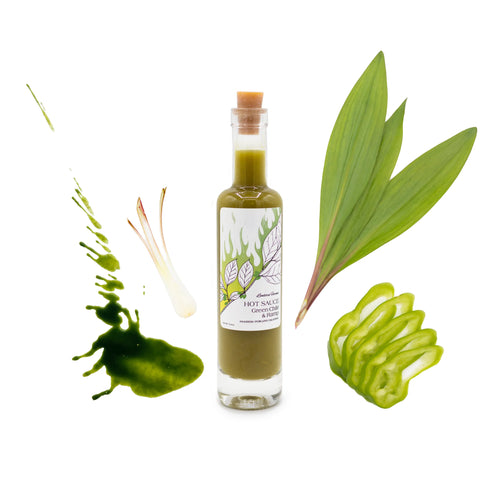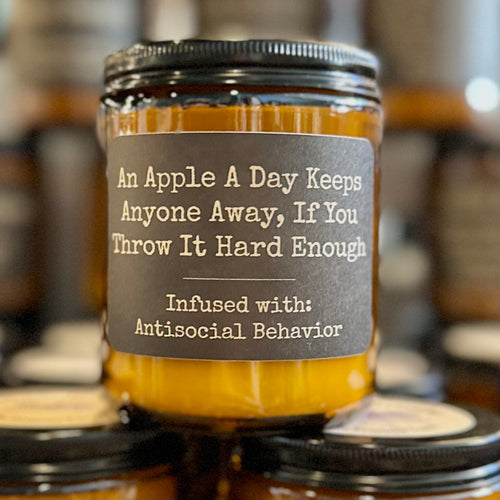
Let's be honest — did anyone actually enjoy communion as a kid?
At my church, I'm pretty sure the “wine” was unsweetened prune juice and the “unleavened bread” tasted like saltless oyster crackers that had been left unsealed for six months. Compare them to the sugary bowl of Cap'N Crunch I ate before each service, and it's no surprise I grew up to be such a heathen.
Maybe things would have been different if I attended Emmanuel Baptist Church in Kanawha County, West Virginia. There, Chef Mike Costello’s grandmother helped keep the communion game strong.
"In the kitchen of the basement of the church," he said, "she and a lot of other women would be cooking together, and one of the things they'd be making, especially later in the week, were these communion wafers."
Though Mike never actually took them as communion, he and his brother would snack on the crackers while the church ladies cooked. "They were so light and crispy and salty. And they were just so delicious."
Looking back, he realizes this was the first time he watched a community come together to prepare food. As a farmer and chef, that's now part of his daily life. At Lost Creek Farm, Mike and his wife Amy Dawson host community dinners, and each meal starts with his childhood wafers.
"These little crackers," he said, "are some of the most significant things I could put on the plate."
See more from Mike and Amy below, and tell us about your experience with communion wafers. Have they been handmade delights like Mike's or prepackaged blandness like mine?
Communion Wafers
from Emmanuel Baptist Church
via Lost Creek Farm
Makes a half sheet pan of crackers
Prep time: 5-10 minutes
Total time: 20-30 minutes
Ingredients:
- 1 cup all purpose flour
- ¼ cup room temperature water
- ¼ cup canola oil (vegetable oil or olive oil can be used, as well)
- 1 teaspoon kosher salt or other medium-coarse salt, divided
Preheat oven to 400 degrees In a large bowl, combine the flour and ½ teaspoon of the salt, then stir to combine.
Add water and oil. Mix until ingredients are evenly combined and there are no pockets of flour remaining. The dough should come together as a soft mass. It should feel slightly oily, but not at all sticky.
On a floured surface, roll dough evenly, maintaining the general shape of your baking pan. Flour dough, rotate and turn over frequently during the rolling process. Roll until thin, about ⅛ inch or thinner.
Sprinkle the remaining salt evenly over the dough. If desired, add other flavoring (herbs, spices, seeds, cheese, etc.). Make a light pass over dough with a rolling pin to press additives into the dough. Carefully transfer dough to a baking sheet.
Use a sharp knife or a rotary cutter to trim excess dough from edges of pan. Cut crackers into desired shape. If making crackers larger than 1 or 2 inch squares, poke several holes into the dough with a fork.
Bake for 10 to 12 minutes or until golden brown. Let cool before serving.














